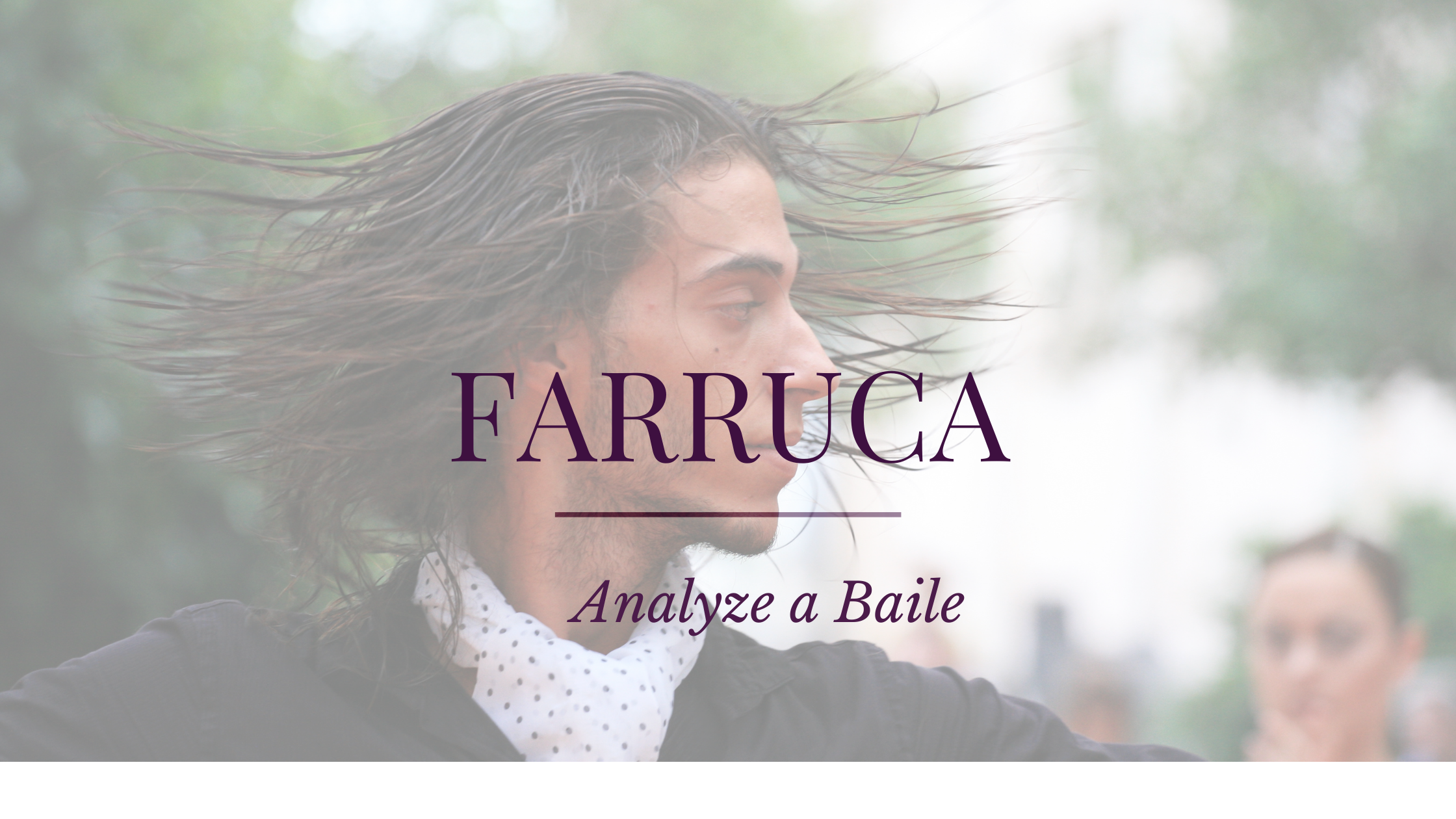Analyze a Baile: Farruca
I love a farruca. There is something about the play with the gender-bending— women dance it in pants, the Eastern European feeling strains of the melody and the starkness of it that is very different to what flamenco can be. It is different— so let’s talk farruca.
The farruca is in a minor key -and in a four count compas like a tientos-tangos. It is finished in a tango rhythm. The farruca finds its roots in Galicia and some of the verses of traditional coplas allude to Galicia. The etymology of farruca relates to the Arabic word faruq which means valiant and one can certainly see that illustrated in the typical aire of the farruca dance.
I haven’t visited yet, but am fascinated Galicia. Much like Portugal, Galicia is very different from the Mediterranean culture that we assume when we think of the Iberian Peninsula. Galicia is tucked up in the northwest corner of Spain over Portugal and has closer ties to the Celtic cultures than it does to the southern part of the country. They play a form of the pipes there which you can hear in the video of the traditional Galician folk dancing. Maybe that is what the violin or accordion added to the farruca dance is trying to emulate.
Note the costumes, not your typical flamenco flounces, florals and ruffles. Black, white, cream. Concha added a little grey-blue. No flowers in the hair.
The movements are all very clean, looking at hitting gorgeous lines and playing with stillness. Notice how a simple turn of the head or flick of the wrist can have huge impact when it accents stillness. Counter rhythms are a traditional step to include in a farruca dance so watch how each dancer chooses to interpret that component as well as counter-rhythms, it is typical to include steps where the legs are lifted and slapped, another allusion to Galician folk dance.
The instrumentation different dancers have added different instruments to the typical flamenco guitarra and cajón. An accordion, violin. It definitely changes the feel of the music and to me makes of feel very similar to Eastern European traditional music or the traditional Galician music that you hear in the video above.
I think that the farruca is one example of why flamenco dance is so awesome. Over hundreds of years people have listened, shared and borrowed and created something very unique, yet still honoring the authenticity of the roots.
Make sure you check out the other Analyze a Baile blogs and as always follow us on social media to learn about any workshops, performances or lectures that are happening in the area so you can too become a Flamenco Aficionado!

